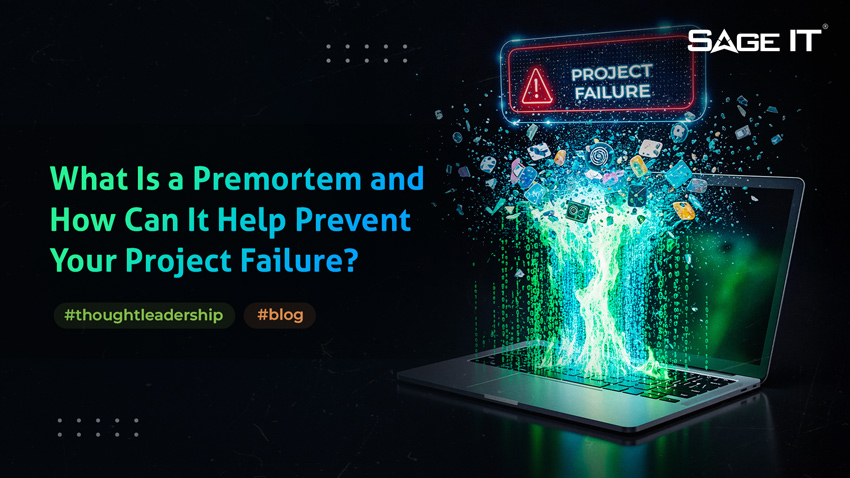“In today’s digital age, cloud computing has become a ubiquitous part of our lives. From personal use to enterprise-level operations, cloud computing has enabled us to store, share, and access data seamlessly.
However, the rise in cloud usage has also broadened our attack surface. In 2022, 45% of all data breaches were cloud-based. Data breaches were mainly caused by misconfigured databases, unauthorized access, insecure APIs, external data sharing, and third-party vulnerabilities. Whereas, increasing regulatory compliance is posing a governance challenge for organizations. Failure to comply with cloud requirements can result in costly data breaches. According to IBM, the average cost of a data breach reached a record high of $4.35 million in 2022, according to IBM’s annual Cost of a Data Breach Report.
But why is cloud security and compliance such a challenge?
Cloud computing was introduced to organizations to simplify processes and aid business growth with agility, scalability, and flexibility. But with workloads spread across hybrid, multi-cloud, and on-premises environments, protecting the expanding perimeter is a daunting task.
The biggest challenge to establishing cloud security and compliance includes:
Manual processes
Despite the widespread adoption of cloud technology, many companies still rely on manual processes for cloud security and compliance. However, such traditional processes are often a hindrance due to frequent changes, increasing complexity, and stringent audit requirements. For instance, compliance audits are still conducted manually, consuming significant resources and time, and thereby subjecting the organization to human-error-prone evaluations. Moreover, adapting to new regulations can take a long time with manual processes, leading to lapses in compliance.
Best practice: Continuous monitoring with automation
Establishing and utilizing effective monitoring methods is crucial for real-time cloud security and compliance. Organizations can look at artificial intelligence (AI) or machine learning-based solutions that continuously scan your cloud environments for potential non-compliance issues. Look at investing in cloud-integrated compliance tools to automate compliance processes. These solutions will replace manual processes and reporting, adapt to regulatory changes, and allow CISOs to identify and address security and compliance issues in near-real time.
Multiple stakeholders
A cloud environment, multi or not, involves multiple stakeholders including vendors, cloud service providers, IT teams, security teams, compliance teams, and end-users. Each stakeholder has their own priorities and objectives, which can sometimes conflict with each other. Ensuring security and compliance at all levels is a challenge. According to Gartner, “data residency across cloud services creates complex choices in regard to balancing business needs against growing risks to provide adequate data security and compliance”. For example, IT teams may prioritize availability over security, while security teams may prioritize security over availability, leading to conflicts in approach.
As more companies adopt multi-cloud environments, legacy tools like Microsoft Active Directory are struggling to keep up with the increasing complexity and evolving threats.
Best practice: Creating the right security policies and procedures.
While there is no one-size fits all strategy, a good cloud security strategy prepares you for data breaches. At every stage, the cloud strategy must define how multiple stakeholders access and use data. For instance, The Zero Trust approach is increasingly seen as the way forward when it comes to security and compliance policies. With the Zero Trust approach, companies can proactively monitor their cloud environments for potential non-compliance issues and continuously detect, log, report, and manage cloud security risks.
Lack of visibility
Many companies today operate in a multi-cloud environment to avoid the risk of vendor lock-in. With workloads spread across on-prem and two or more cloud providers, managing security is a challenge for CISOs. For example, traditional security tools that rely on periodic scans or log analysis may not detect security incidents that occur between scans or log analysis. One of the major challenges of cloud security is the ease of deploying new servers and services, which can lead to a loss of control over data security and IT management. A lack of visibility in the cloud infrastructure can make it difficult for organizations to assess their data, services, and users and enact incident response plans.
Best practice: Implement cloud security posture management (CSPM) tools
CSPM tools continuously detect, log, report, and manage cloud security risks. These tools can track compliance in real-time and provide continuous monitoring with automation, making it easier for CISOs to manage workloads spread across multiple cloud providers and on-premises. Bear in mind that the tools you choose must align with your defined cloud security strategy.
Lack of expertise
The rapid shift from traditional IT infrastructure to the cloud environment has opened up new avenues for businesses to operate in an agile and cost-effective manner. However, this migration has also created a skill gap that continues to widen. For instance, adopting Infrastructure-as-a-Service (IaaS) or Platform-as-a-service (PaaS) requires technical skills and expertise across the application lifecycle. But most companies lack the necessary experienced personnel to handle such cloud-native applications.
Best practice: Work with the right cloud service partner.
While companies should look at training and upskilling their I&O personnel, these take time and its success requires tremendous collaboration and cooperation from multiple stakeholders. Working with the right service partner can help address the immediate security and compliance challenges. Partnering with experienced cloud security and compliance service providers can help companies navigate the complex cloud environment, identify gaps in their security posture, and provide recommendations for improvement. By leveraging their expertise, companies can ensure their data is secure and compliant, avoid fines and reputational damage, and focus on their core business functions.
Securing the cloud is an ongoing challenge. But with the right tools and people in place, organizations can be better prepared to deal with potential threats. Tools such as CSPSM or Cloud Native Application Protection Platforms (CNAPPs) enable businesses to meet industry regulatory and compliance standards. They offer much-needed real-time visibility into cloud infrastructure, respond promptly to potential hazards, mitigate the damage caused by a breach, and overall minimize exposure to cyber threats.
Contributed for Sage IT by
Srini Gajula
sgajula@sageitinc.com
For enquires, mail to marketing@sageitinc.com










